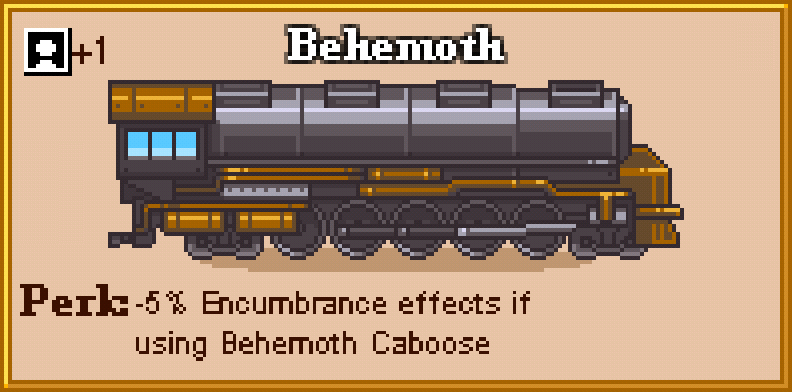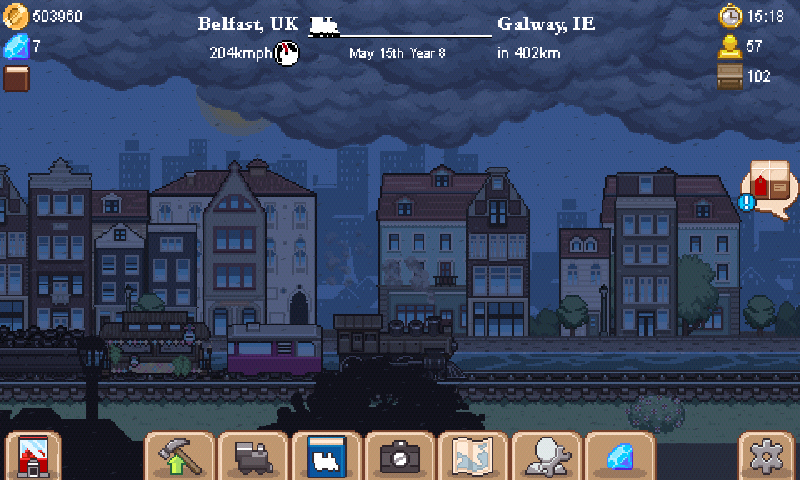

The reputation of Germany as an intellectual land of freedom and high culture ( Land der Dichter und Denker) had been decimated and tarnished for decades to come. By April of 1945, Germany was in ruins with most major cities bombed to the ground. Germany and much of Europe was destroyed. Hitler's militaristic ambitions to create a new German Empire in Central and Eastern Europe led to war, successively, with Poland, France, the United Kingdom, the Soviet Union and the United States - despite initial dazzling successes, Germany was unable to withstand the attacks of the Allies and Soviets on two fronts in addition to a smaller third front to the south of the Alps in Italy. Jews, Slavs, Gypsies, homosexuals, disabled people, socialists, Communists, unionists and other groups not fitting into the Nazis' vision of a Greater Germany faced persecution, while the Jews and Gypsies were marked for total extermination. Under the Nazi dictatorship, democratic institutions were dismantled and a police state was installed. The year 1933 witnessed the rise to power of the far-right nationalistic National Socialist German Workers' (Nazi) Party under the leadership of the Führer, Adolf Hitler. Due to the fact the young republic was plagued with massive economic problems stemming from the war, such as: the hyperinflation crisis from 1921-23, the reparations payments owed as a result of losing the war, along with the cultural disgrace of a humiliating defeat in World War I, political extremists from both the left and the right took advantage of the inherent organizational problems of the Weimar Constitution, leading to the Nazi Party led by Adolf Hitler seizing power in 1933. The empire ended in 1918 when Kaiser Wilhelm II was forced to abdicate at the time of Germany's defeat at the end of World War I (1914-1918) and was followed by the short-lived and ill-fated so called Weimar Republic, which tried in vain to completely establish a liberal, progressive and democratic nation. This incarnation of Germany reached eastward all the way to modern day Klaipeda (Memel) in Lithuania and also encompassed the regions of Alsace and Lorraine in modern day-France, a small portion of eastern Belgium (Eupen-Malmedy), a small border region in southern Denmark and over 40% of contemporary Poland. It was the Napoleonic wars that started the process of unification, which ended in 1871, when a large number of previously independent German kingdoms united under Prussian leadership to form the German Empire (Deutsches Kaiserreich). Since the early middle ages, Germany started to split into hundreds of small states. The roots of German history and culture date back to the Germanic tribes and after that to the Holy Roman Empire. If you have perceptions of Germany as simply homogeneous, it will surprise you with its many historical regions and local diversity.īrandenburger Tor From the Holy Roman Empire to Imperial Germany Known around the world for its precision engineering and high-tech products, it is equally admired by visitors for its old-world charm and "Gemütlichkeit" (coziness). Germany is one of the most influential European nations culturally, and one of the world's main economic powers. Germany is a federation of 16 states, roughly corresponding to regions with their own distinct and unique cultures. It is bordered to the north by Denmark, to the east by Poland and the Czech Republic, to the south by Austria and Switzerland, and to the west by France, Luxembourg, Belgium and the Netherlands. Germany, (officially: the Federal Republic of Germany German: Bundesrepublik Deutschland) is the largest country in Central Europe.

6.5 By recreational vehicle and campervans.6.3.2 Regional (City to Village/ Inside a town).

6.2.12 German Ticket inspectors/ Conductors.1.1.4 Reunification and the Berlin Republic.1.1.1 From the Holy Roman Empire to Imperial Germany.


 0 kommentar(er)
0 kommentar(er)
